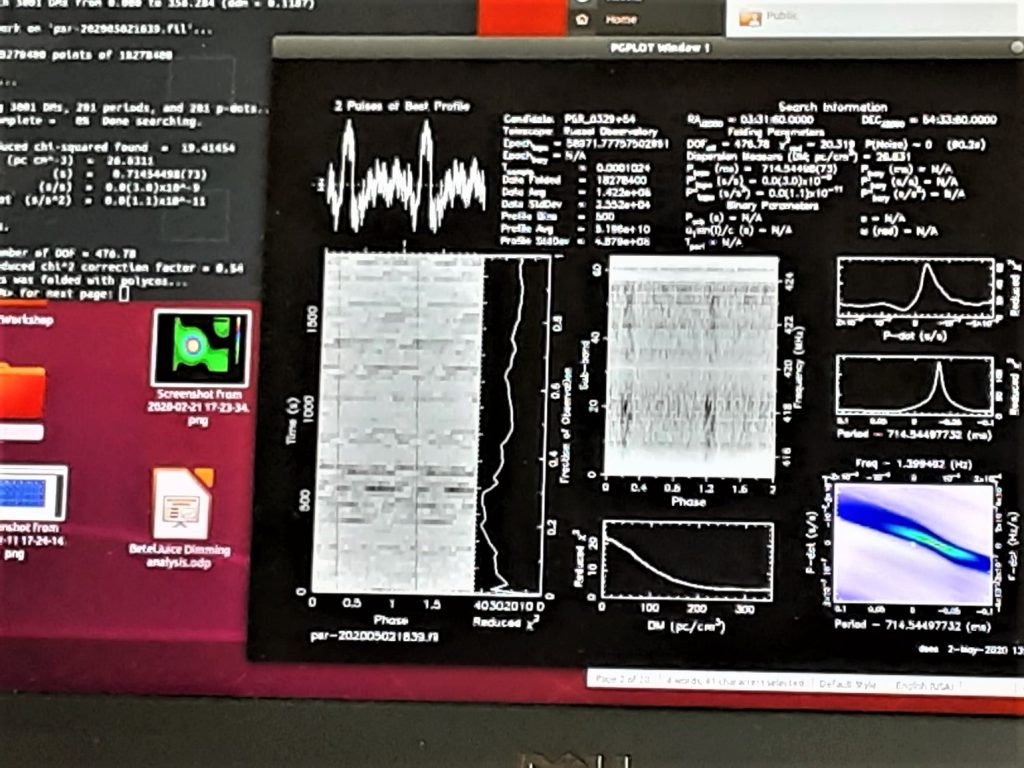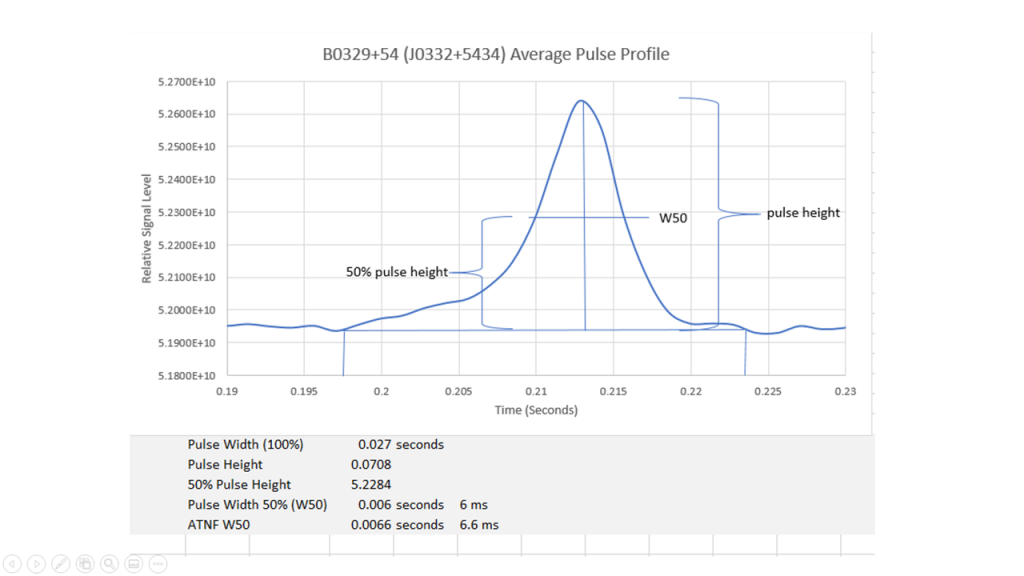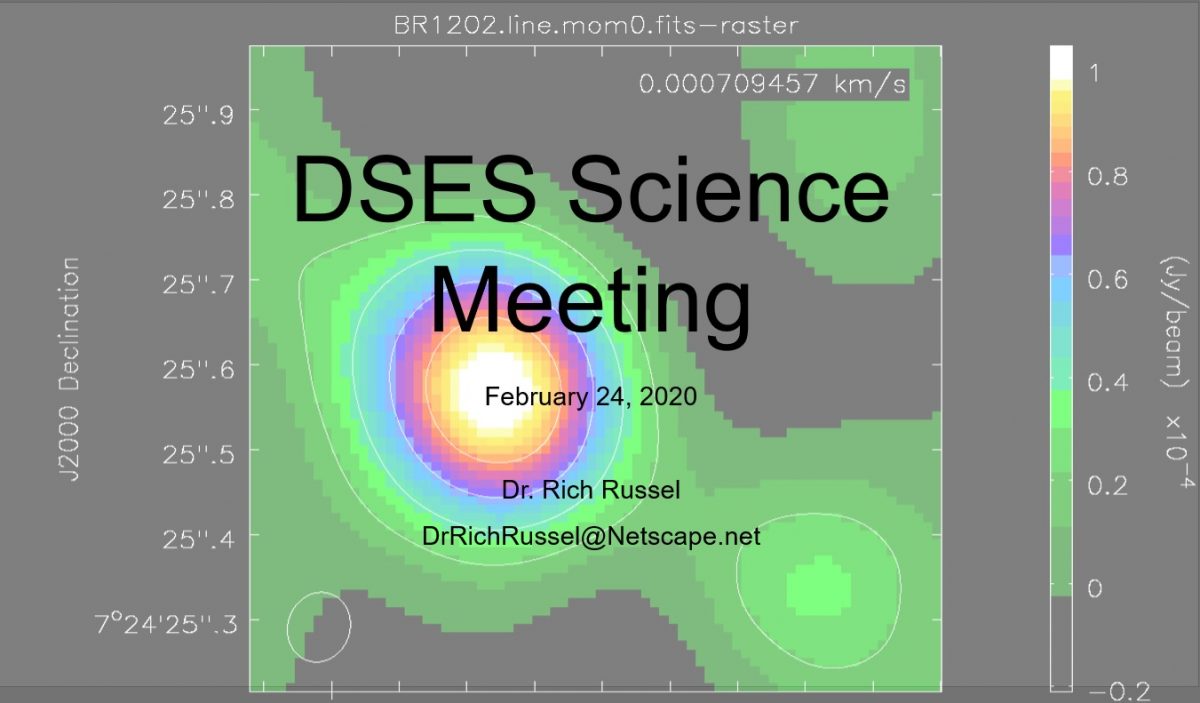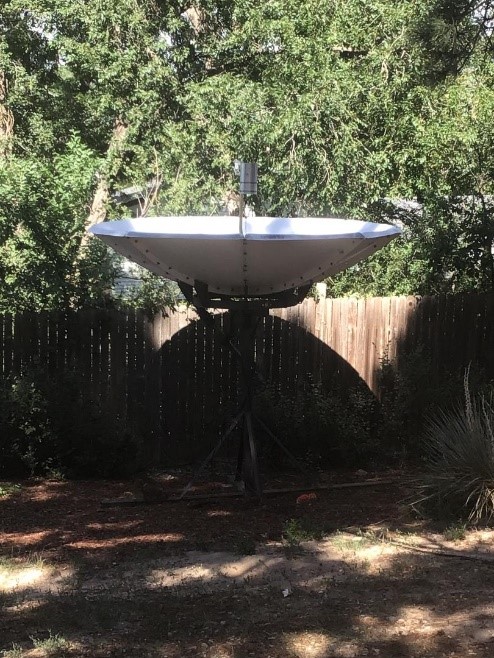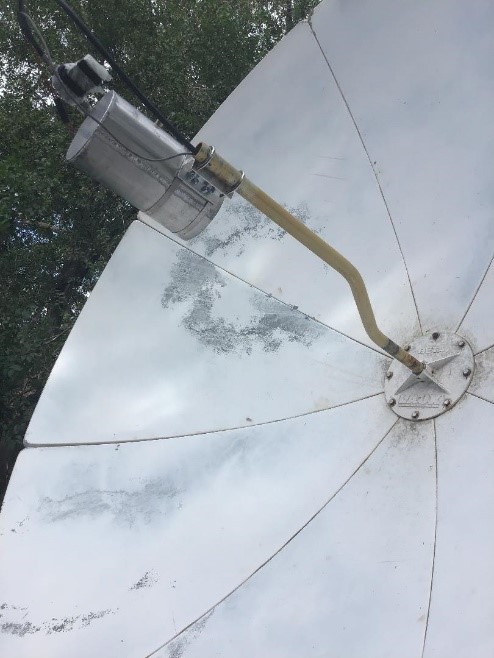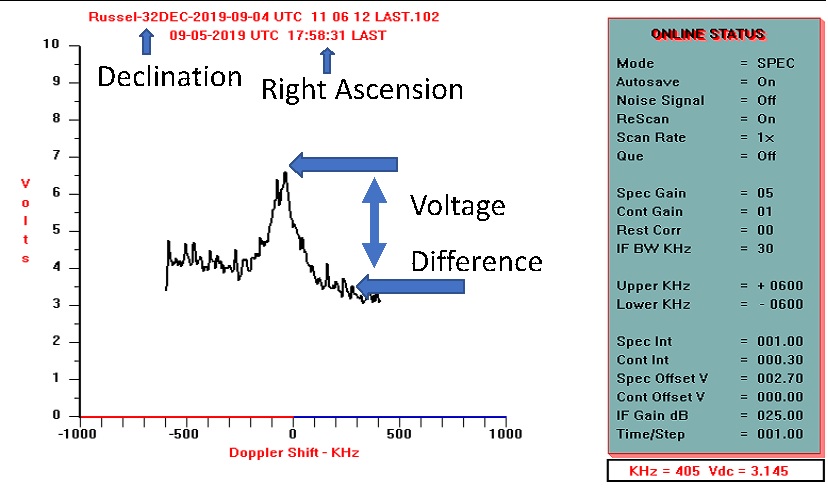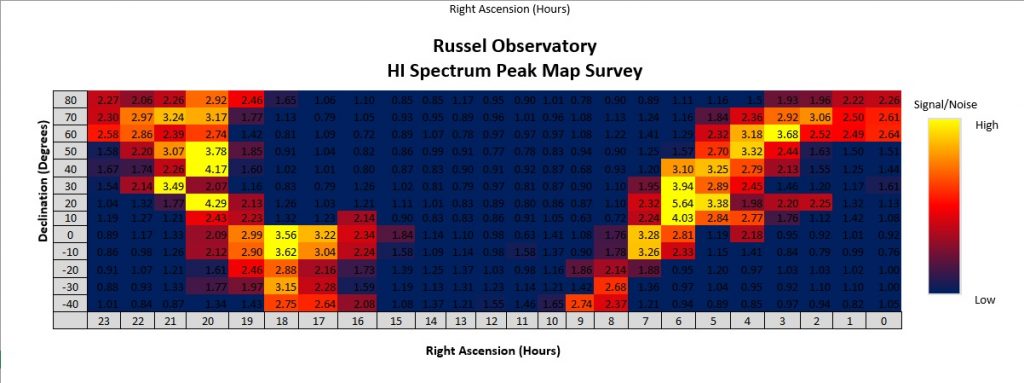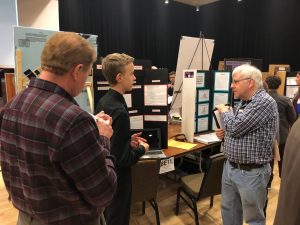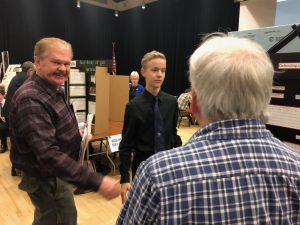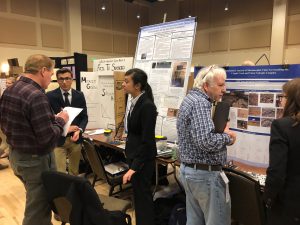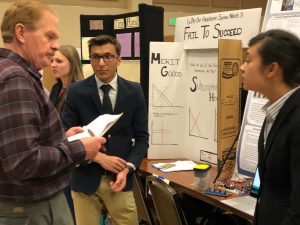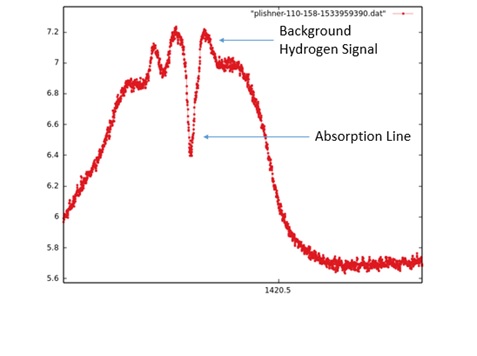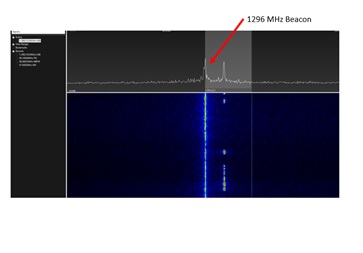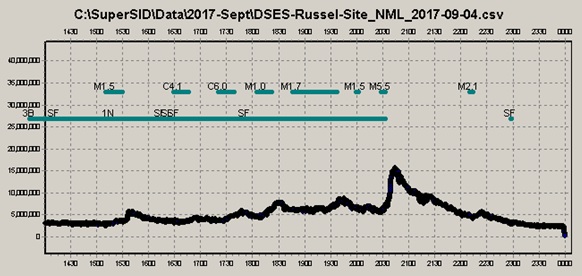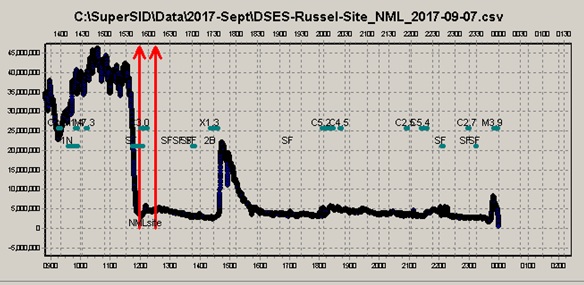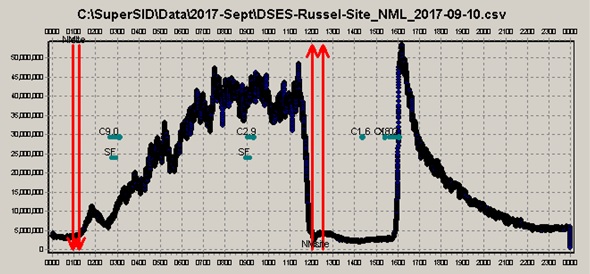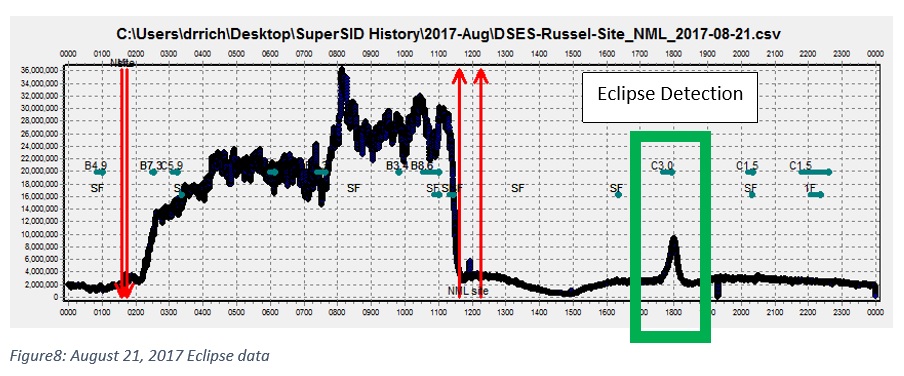Welcome to the July DSES Science meeting 7/27/2020
2020-07-27 DSES Science Meeting Notes: by Bill Miller
We had 14 participants in the virtual science meeting today: Thanks everyone for joining.
Participants: Dr. Rich Russel, Ray Uberecken, Ted Cline, Jonathan Ayers, Ed Corn, Gary Agranat, Glenn Davis, Jim Madsen, Bob Haggart, Jon Richardson, Dave Schick, Don Latham, Tony Bigbee, Bill Miller
Agenda and notes; See the Zoom Recording for more detail: https://us02web.zoom.us/rec/share/u50vfrXt12hJbKf341OCGbJmA8fIaaa80ylL-
- Discussion of needed policy on site installs and changes
- We have had a number of site conflicts of late. These have resulted in a lot of waisted installation and observation time and frustration as well as hard feelings between members and damage to the dish, and operations center.
- General Proposal: I have often said that if you see something that needs improvement and you have the skill to do it, take it on and just do it. We need to qualify that with a little more process. In order to improve the site, equipment and observation capability and move the organization forward we often need to make changes. The Engineering meeting is where we coordinate and plan for these changes. If not previously planned and you are on site and need to make a change to a significant system you must call the person who installed or last modified that system and discuss it with them prior to removing, modifying or replacing it.
- Use the Engineering Meeting for what it was intended.
- Be considerate and helpful to each other.
- Communication and coordination of equipment changes should not be a problem and further conflicts will have to be dealt with.
- We will need to repair the damage.
- We all have a common goal to improve the facility and equipment. Let’s not have these issues. When in doubt, Ask.
- We will potentially have photographers on site Thursday or Saturday for comet picture opportunity. Would like to have a member on site to give access and keep the photographers out of trouble. Any volunteers?
- Don Savage don.savage54 (at) gmail.com is coordinating 4 or 5 night sky photographers.
- We will have them sign a Liability Waver
- July-August Events:
- The SARA virtual Eastern Conference will be held on Saturday and Sunday the 1st and 2nd of August. See the SARA web site for info and payment.
- Comet C/2020 F3 (NEOWISE) is currently in the constellation of Ursa Major. The current Right Ascension is 11h 45m 40s and the Declination is +36° 12’ 10”
- Additional pulsar observations. Please post planned dates and attendance
- Additional SETI Observations. Please post planned dates and attendance.
- Open house is cancelled for CoVid19, but we may do a small member camp out if some members would be interested in that.
- We will also assemble a virtual Open House presentation for various usage such as public outreach, education, fundraising and general interest.
- The Perseids will peak on Aug 11-12. On these nights, the moon will be 47% full.
- The next dark sky moon phase is Aug 13th through Aug 21.
- Glenn gave an overview of what was done recently on the System 1 Automatic Tracking HW and SW. New features include:
- Automatic Tracking
- RA and Dec track automatically
- Az/El position command
- Track Moon Command
- Stow command
Tracking stayed within the bore site during the whole 5 hr. evening session.
Need to do more training, Glenn and his wife will go to the site tomorrow and draw up a training presentation and checklist.
Needs:
- Sun exclusion track but there is a pop up on the screen that you are in the sun exclusion area.
- It would be nice to have a Raster Scan capability to map Object Hi Emissions and to help pointing accuracy.
- Rich provided his presentation on Pulsar, Fast Radio Burst and other experiments and observation we can do.
5. Rich gave high praise and kudos to the System 1 team to get a very high quality tracking and control complete. Very clean system design and implementation from Glenn Davis, Lewis Putnam and Phil Gage. Much praise.
Discussion/presentation on Pulsar and other science topics from Dr. Richard Russel
See the attached presentation: http://dses.science/wp-content/uploads/2020/07/DSES-Science-Meeting-7-27-20.pdf
See the Zoom recording for more detail.
https://us02web.zoom.us/rec/share/u50vfrXt12hJbKf341OCGbJmA8fIaaa80ylL-aUKzx2QbQXjO1w8ndJvEt-SL86-





